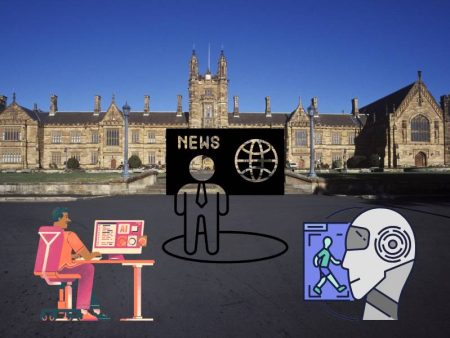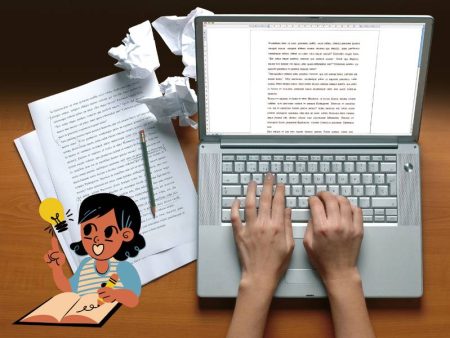I remember scrolling through my feed one Sunday morning when I stumbled across what looked like a video of a celebrity doing something totally unexpected. My heart skipped—until I realized it was… well, too perfect. Too polished. Too fake.
That, friends, is the deepfake era for you. Real-looking videos manipulated so well they can fool your own mom. It’s wild, it’s creepy, and it’s happening right now.
So if you’re wondering: How the heck do we fight back? The answer is increasingly powered by AI image detection. And no, it’s not just about flags and pop-ups—it’s a whole new digital detective game.
Let’s talk through what’s happening, how we got here, and why it actually matters for all of us.
What Are Deepfakes—Also, How Did We Get Here?
First off, let me go off-script for a sec: deepfakes started as a little freaky joke in tech circles. Like, somebody messing around with AI to slap Nicolas Cage’s face onto someone else’s body in movie scenes. It was funny… until it wasn’t.
Somewhere along the line, the tech got too good. Now we have videos that look and sound so real, you’d swear they were the real deal. A politician “admitting” something they never did. Your favorite actor saying lines they never said. Or worse, disinformation aimed to change minds or stir chaos.
Which is why, somewhere between amusement and alarm, people realized: we need defense. We need anti-deepfake weapons that keep this stuff in check.
Enter AI Image Detection: The Good Guys
If deepfakes are the problem, AI image detection is the hero suit.
Here’s how it works (in a nerdy-but-relevant nutshell):
- Pattern Sniffing
The AI learns to notice weird things—unnatural blinking, mismatched shadows, inconsistent noise patterns. Stuff we humans might miss when we’re clicking play fast-forward. - Metadata Analysis
It looks under the hood of the video file—checking timestamps, editing traces, compression artifacts—all those digital breadcrumbs that reveal alterations. - Model Training
Deep-learning systems train on both authentic and manipulated videos so they can learn to tell the difference—even when it’s subtle. - Detection Outputs
It flags or labels content with confidence scores, often in real-time, showing whether something might be a deepfake—or legit.
And some platforms even tie detection directly into content workflows: YouTube, TikTok, journalism outlets, fact-checkers—they’re all using AI image detection to vet what goes live.
The Double-Edged Sword of AI Tools
Here’s the twist:
We’ve seen tools like the AI Content Humanizer Tool before—used to “help” AI-written text sound more human. Now we’re seeing detection tools fight AI in the visual world. It feels like a digital superhero saga, and yet… it’s not foolproof.
There are still false positives—real videos labeled as fake. And false negatives—deepfakes that sneak through. Some creators are even slipping watermarks or noise overlays into real videos to “pedigree” them for detectors. Which feels like adding invisible ink to your letter so you can prove it’s legit.
It’s messy. But messy isn’t the same as hopeless.
Real-World Stakes: Why This Matters
This isn’t just tech drama—it’s deeply human drama.
- Politics & elections: A cleverly crafted fake could spread faster than fact-checkers can even blink.
- Personal reputations: Imagine someone using a deepfake to smear you—especially if you’re not a celebrity, and the public defense mechanism doesn’t exist yet.
- Journalism: Reporters rely on visual proof. If that gets tainted, trust erodes.
I’ve felt this personally too. I once dismissed a video that looked “off” with an uneasy gut feeling. But I couldn’t prove it digitally…until AI detection confirmed it. That confirmation was relief, not just validation.
Because in a world of misinformation, knowing someone checks matters.
And We’re Not Done: Tackling Audio & Text Fakery Too
By the way, while visual deepfakes get a lot of the spotlight, audio and text cloning are racing right along.
There are tools like the AI Text Detector And Humanizer and AI Text Detector Unlimited Words designed to spot AI-written text—sometimes with thousands of words at once. It’s the same game: sniff patterns, sync context, catch manipulations.
So when AI humanizers try to make a piece of text sound more real, another layer of AI is stepping in to catch it. It’s arms race central. And honestly? Think of it as guard dogs with radar vs. burglar drones.
The Human in the Loop: Why We Can’t Fully Automate
Is AI image detection foolproof? Nope.
Should we rely on just the machines? Also nope.
Here’s why. I’ve talked to fact-checkers who say: We always run detections through human review. Why? Because context matters. Is that video from Syria or from your neighbor’s backyard? Metadata could be wrong. AI could mislead.
That means we need:
- Techdevelopment
Better detection models, stronger datasets, shared benchmarks between platforms. - Industry standards
Everyone from social platforms to government to newsrooms needs to share best practices and detection alerts. - User awareness
Teach people to pause, question, and verify before hitting share.
In short: it’s a teamwork game. Machines + humans + smart policy.
A Glimpse Into the Future
Picture this: You scroll through the news app. A label pops up on a video: “Verified by AI image detector, reviewed by journalists.” You breathe easier. The chain of trust feels solid.
Now imagine the dark side: that same video is not fake, but it gets flagged—leading to censorship or lost revenue for the creator. That’s why we need transparency and appeal mechanisms in place.
What’s wild is how fast this landscape is shifting. ML researchers publish catchy bulletins. Developers engage on social platforms. Entire hackathons happen around deepfake detection. That’s momentum.
Final Thoughts (Because This Isn’t Sci-Fi, It’s Now)
So, yes—AI image detection is transforming how we fight deepfakes. It’s rapid, it’s evolving, and it matters more than ever.
Yet it’s imperfect. And we humans—skeptical, emotional, messy humans—are still the final arbitrators. We interpret nuance. We hold context. We care about motive and meaning.
If I could offer one piece of advice? Stay curious. Stay critical. When you see a video that captures you—pause, check the source, and if needed, use a detection tool.
Because in the fight over what’s real, every click, every label, every moment of doubt matters.
Want to Try It?
- Curious if that “breaking news” video is real? Look for platforms offering at-a-glance AI detection + context check.
- Dealing with large scale content? See how tools like AI humanizers or text detectors may help—or be circumvented.
- Just feeling overwhelmed? Remember: you’re allowed to step back and question. That matters more than any algorithm.
This isn’t a dystopian future. It’s our present. And we can shape it—together.
Messy, hopeful human signing off—still scrolling, still skeptical, still click-checking one video at a time.


